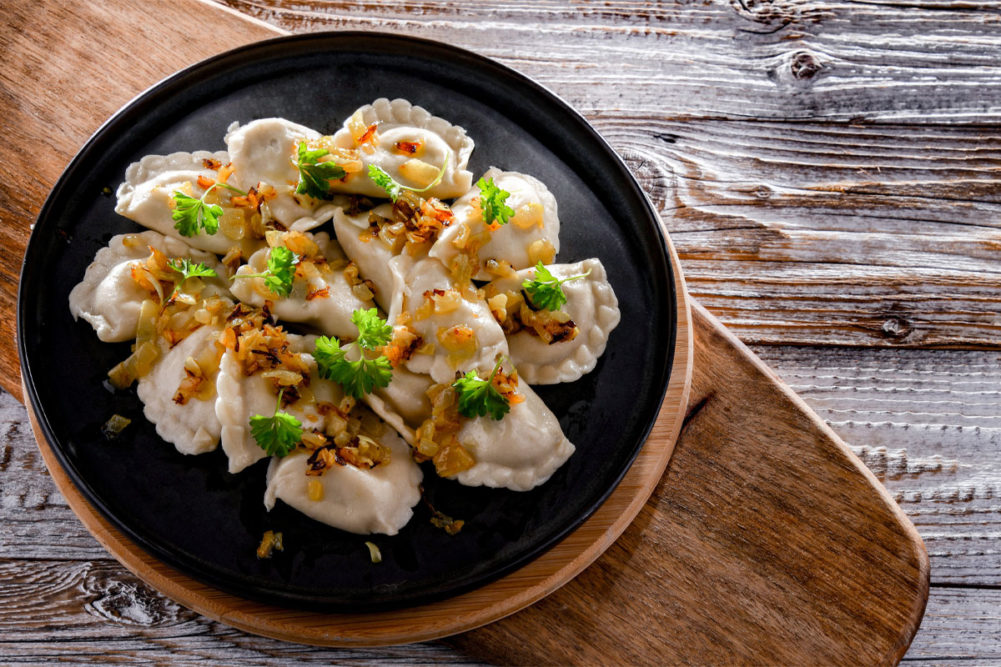Diaspora stories could lead to delightful taste trends in North America this year, according to a February webinar from Symrise North America, a business of Holzminden-based Symrise. Flavors also will play into consumers’ desire for products that are better for them and the planet.
“It’s all about the next generation, sons and daughters of US immigrants cooking for their culture’s food with passion and meaning and combining that with American formats and taste to meet America’s consumers where they are at,” said Dylan Thompson, senior marketing and consumer insight manager for Symrise North America.
He gave several restaurant menu examples. A Korean-Polish mashup at Kimski in Chicago features a bulgogi-stuffed pierogi with fried rice, sauerkraut and kimchi. Ganjang, a Korean soy sauce with subtle sweet notes, is combined with oysters and sea lettuce in a dashima (dried kelp) tartlet at Atomix in New York City.
Western desserts and pastries may be mixed with Mexican and Southeast Asian flavors like mochi, pandan and ube. Fatamorgana Gelato, Los Angeles, offers a mangonado gelato with mango, lime, tajin and chamoy.
Flavors this year will impact better-for-you beverages and meat alternatives as well.
“Non-alcoholic beverages are stepping up their game with bold global flavors that still pack a nutritional punch,” said Evan Unger, senior marketing and consumer insights specialist for Symrise North America.
Surely Wine, Austin, Texas, takes advantage of technology that removes alcohol while keeping in aromatics. The business offers a pinot noir with notes of berry and a rosé with notes of tropical fruit.
Chefs are adding global flavors to meat alternatives, Mr. Unger said.
“We expect that you’ll see more than just meat alternative burgers but vegan-composed dishes that are in align with a restaurant’s concept,” he said.
Supply chain issues and consumers concerned about climate change are driving a trend to use more locally sourced ingredients, said Emmanuel Laroche, vice president of marketing and consumer insights for Symrise North America.
Restaurants are making their own salad dressings and, in an upcycling move, making vegetables and spices that use compost from leftovers, he said.
Two examples of natural goodness flavors are pink pineapple and coriander flowers. The pineapple has a pink flesh that is juicier and sweeter than traditional pineapple, and it contains lycopene, an antioxidant.
The coriander flower is a whitish-pink floral of the plant.
“They have a delicate floral taste that is a little bit different from cilantro leaves,” Mr. Laroche said.




